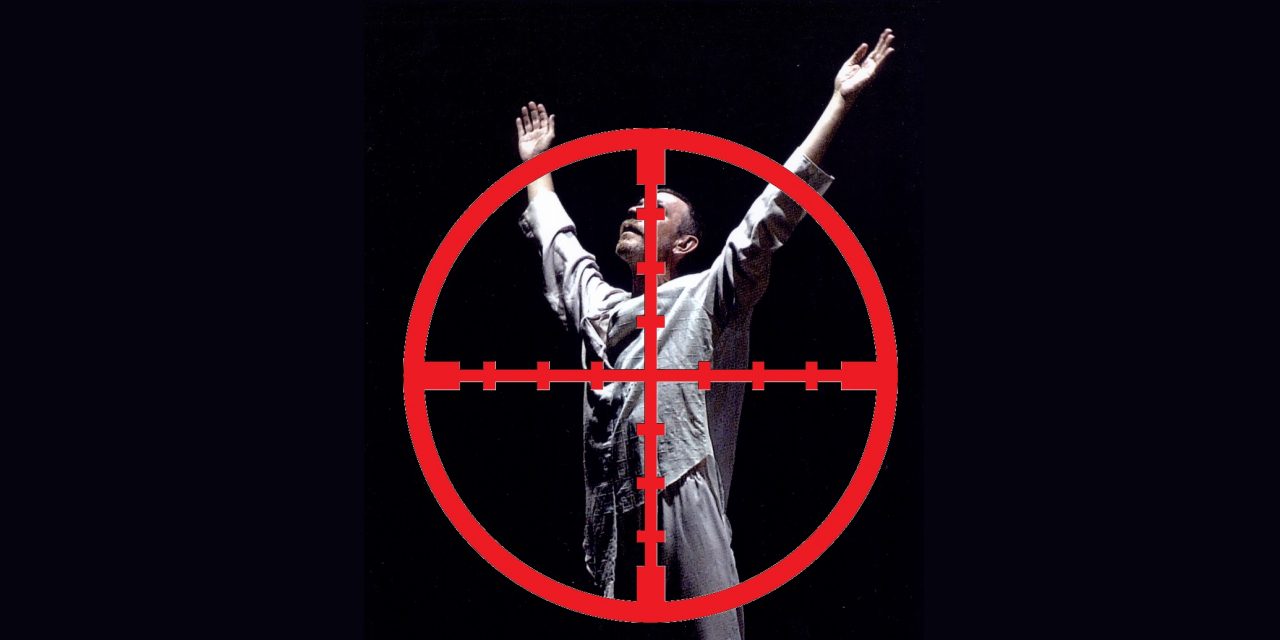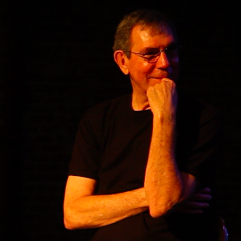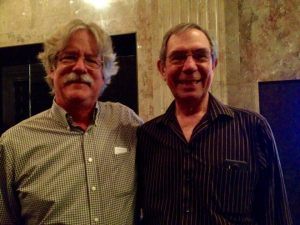For the second time in my life I find myself in the crosshairs of an epidemic/pandemic. In the 1980s it was HIV/AIDS (acquired immunodeficiency syndrome) and in 2020 it is COVID-19 (coronavirus). Although these are two entirely different viruses, both have the potential of causing fatalities. In the beginning of the AIDS epidemic, it was thought to be a “gay man’s disease” and given the name GRID – Gay Related Immune Deficiency. Today, I am in the high-risk category with COVID-19 not because I am gay but because I am over 70 years old and have an underlying lung condition caused from years of smoking. As in the 1980s, I find myself isolated and concerned about my future, but unlike then, I have the experience to know what not to do – sink into a deep depression, withdraw from society or panic. I have educated myself about this new virus and self-isolated until further notice.
HIV/AIDS and COVID-19 are not only different in how they affect the human body, but in how they are transmitted. HIV is transmitted via the exchange of bodily fluids such as blood, semen, breast milk, vaginal fluid, or the sharing of dirty needles by people with drug addictions. Find out more here.
From what I have read, COVID-19 is thought to spread mainly from person-to-person, between people who are in close contact with one another (within about 6 feet), or through respiratory droplets produced when an infected person coughs or sneezes. These droplets can land in the mouths or noses of people who are nearby or possibly be inhaled into the lungs. Learn more about how the virus is spread here.
According to HIV.gov, “approximately 1.1 million people in the U.S. are living with HIV today. In 2018, 37,832 people received an HIV diagnosis in the U.S. and 6 dependent areas. During 2010-2017, the annual number of new HIV diagnoses in the U.S. decreased 9 percent.” The numbers for COVID-19 are still being collected, but they have grown rapidly over the course of just weeks.
In the early 1980s, it was the lesbian community who came to the aid of gay men, a population of men who were dying in record numbers. The dance community was one of the hardest hit in Los Angeles. At first it was the lesbians who delivered meals, drove men to doctor appointments (those doctors who would treat people infected with HIV) and to pick up the few medicines that were available to ease a patients suffering. Later, the LGBT Community Centers brought in members of the medical and social worker community to train many of us to become part of a buddy system to help take on these duties. Hospice houses were secretly created for the dying to be cared for. When their existence was discovered, they moved to a different location.
When my “lover” became ill in the fall of 1983, the virus was not widely known to the gay community in Long Beach. He had a cold that would not go away, and purple lesions appeared on areas of his body. He was hospitalized for two days but sent home after the doctor there told him he had acute tonsillitis Months later when Mark was in the hospital, only one doctor, a courageous black woman, would enter his room. His meals were left outside his door on the floor, and his mother and I took care of him because none of the nurses would come in to help. His “acute tonsillitis”, and the purple lesions on his back, chest and face were finally diagnosed as a Kaposi sarcoma lesions; a cancer that would soon cause his death. Mark was only in the hospital for one week. He was 26 years old.
I personally had doctors refuse to treat me when they learned that my partner had died of a HIV related disease, and I lost jobs due to rumors being spread that I was HIV positive. I was not HIV positive then and am not now. Friends and colleagues made uneducated assumptions without ever asking me directly. I know now that people were terrified and I hold no grudges.
It was only after thousands of gay men had died that it became known that HIV/AIDS was not just a “gay related disease”. It took straight men and women falling victim to the virus and the CDC discovering how it was transmitted, for the medical profession in general to begin treating patients with HIV in doctors’ offices and hospitals.
Sadly, it was the death of film star Rock Hudson and the advocacy of actresses like Elizabeth Taylor, Doris Day and Bette Midler, that the mainstream media woke up and began helping to educate the public on the facts about HIV/AIDS. By his death from a HIV related illness, Rock Hudson gave legitimacy to the virus. What was ironic, however, was that at the time it was not widely known that Rock Hudson was gay.
It took our government a bit longer, however, to rise to the occasion and to begin funding the much-needed research into HIV, how it affected the human body or to fund the necessary research into medicines to treat the disease, or come up with a vaccine.
Fast forward to 2020. COVID-19 was spreading throughout China, South Korea, Japan and eventually around the world. Once again, our government did little to alert us to the dangers of this disease or to prepare for its arrival upon our shores. It was here for weeks before President Trump was forced into action, and by then the damage was great both as a health and an economical issue.
Perhaps like with Rock Hudson, it took celebrities Tom Hanks and his wife Rita Wilson contracting the virus before some of the general public finally accepted that COVID-19 is not simply a hoax conjured up by the liberal media. Of course, once their eyes were open, panic set in because the government still refused to educate its citizens on how the virus was transmitted or to provide enough testing kits nation-wide. As a result, we find ourselves in a fast approaching national shutdown exactly like the one experienced in China, Italy and France.
What I learned from the AIDS epidemic was that it is very important for the community to come together, not to panic and totally separate. We don’t have to see each other on a daily or weekly basis to continue to communicate and give aid where it is needed. A colleague of mine has already offered to go grocery shopping for my partner, Martin, and I. He is over 60 and also within the high-risk group.
If you are young and healthy, and know someone who might need help, call them up, chat, ask what you can do for them. The elderly people around us may need our help more than ever right now. Aid in getting groceries, pet food or having their prescriptions filled.
It goes without saying but remember to protect yourself! Learn as much as you can about this virus, and how not to become infected, but please do not ignore your friends and family members. If you have colleagues who are struggling financially because their jobs have been temporarily halted or gigs cancelled, ask what you can do to assist them. Call your relatives, especially those who are in the high-risk groups so that they do not feel forgotten or ignored. These are scary times, but we can ease those fears by coming together; if not physically, then consider using Facetime (Apple’s proprietary video conference product) or Skype to communicate visually with your loved ones.
The hording of toilet paper, etc. will hopefully abate soon, but it appears that we are in for a lengthy time of uncertainty. Stay alert, stay calm and remain hopeful. We will get through this, and we will come out much stronger if we do it together. Let us build a stronger community out of this experience.
Written by Jeff Slayton for LA Dance Chronicle, March 17, 2020.









